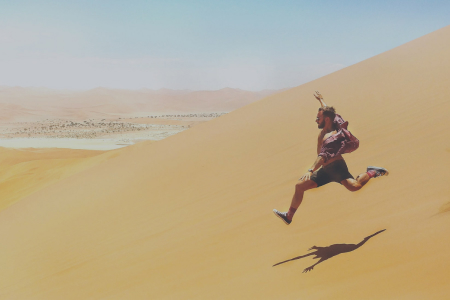
How to start running like a pro
If you want to improve your cardiovascular health, think clearly, and boost sleep quality, running might be exactly what you need.
Home » Activity & Workouts » Why walking makes you healthier
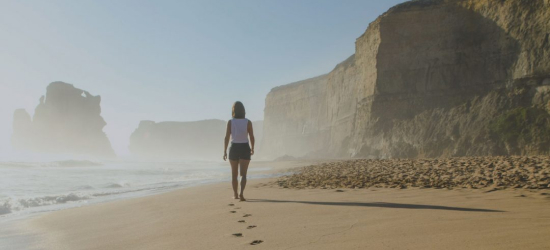
Yes, it will. A brisk walk helps to build stamina, burn excess calories, and make your heart healthier. You don’t have to walk for hours to stay healthy and keep fit. A daily brisk walk gives the same results as working out three times a week. Just stick to the schedule and walk every day.
Researchers at Washington University found that walking for 45 minutes every day for 18 months led a grownup person to lose 22 pounds of fat. The volunteers who participated in the research weren’t on a diet during the experiment, didn’t run, and didn’t go to gym — they only walked every day. Though workout and running take more energy, these exercises involve a greater risk of injury. But walking saves your joints and muscles from injuries and also keep you fit.
Walking has many benefits for our body. Scientific studies prove that walking reduces the risk of certain physical diseases. There are at least five health problems you can avoid by starting to walk right now.
Walking enhances our brain activity. This improves during brisk walks. Besides its positive influence on our body, walking enhances the work of our brain.
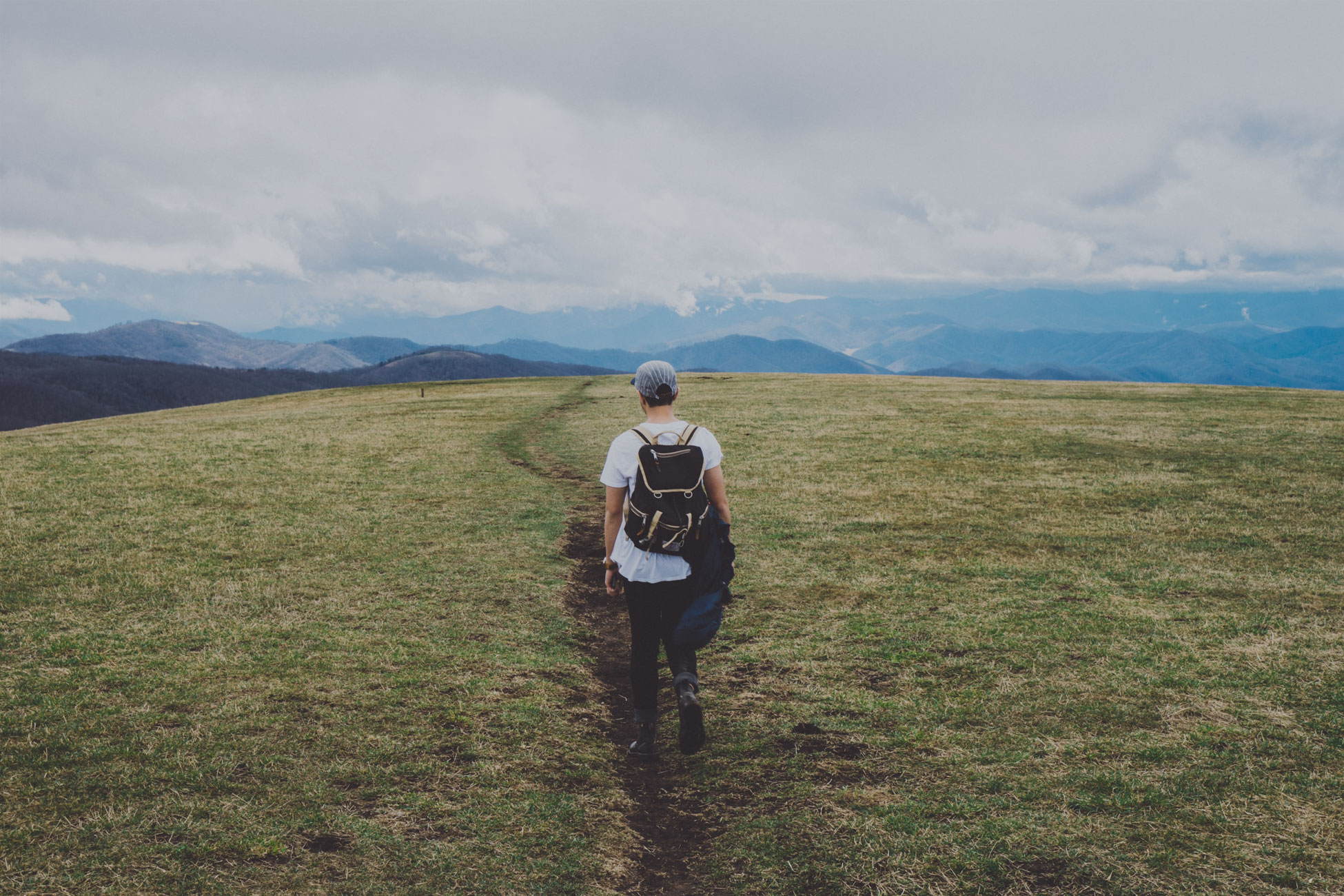
Posture
The American Heart Association describes a correct posture for walking:
Breathing
Inhale through the nose and exhale slowly through pursed lips. Breathing out should last twice as long as breathing in. It’ll restore oxygen to your body faster. Don’t take deep breaths — it causes chest tightness and shortness of breath.
Mind your posture while walking — it should be relaxed. Stressed muscles use more oxygen and make your breathing more intensive. That’s why you should keep your chest and shoulders relaxed.
Feet posture
Start walking with the heel, roll the feet from the heel to the toes and push off. During the walk your feet should point straight forward. The heels have to be in full contact with the surface.
Stride
Start with smaller steps to find your ideal stride. As you start walking for longer distances you may enlarge the stride and use a more intensive arm swing to shape your upper body and burn more calories.
Surface
Choose a flat and forgiving surface to save your joints from injuries. Prefer asphalt, foot paths, and dirt trails to concrete sidewalks. If you like walking in the hills or mountains, watch out for rocks, roots, bumps, and hidden holes. They may cause a serious damage to your ankles. In this case get hiking shoes with additional support.
Rest
To achieve better results try not to stop during the walks. It’s one of the reasons why walking may lose its efficiency compared to other exercises. Stephen M. Roth, a professor at the department of kinesiology at the University of Maryland, explains that when we stop walking our body produces lactic acid, or lactate. The body itself blocks the production of glucose, and muscles start working slower. It’s a defense mechanism of our body preventing possible damage from physical stress. If you stop during the training it will be harder to continue walking, because lactate blocks pathways for oxygen and glucose to the muscles.
Always, always stick to our measurement rules.
Heart rate variability is a very sensitive method, and everything affects your numbers: breathing, movement, lighting, and how you hold your finger during a measurement. Our guidelines will help you take accurate readings every time.
The recommended speed for walking is around 3.5 mph. Andrea Dunn, PhD from Cooper Institute of Aerobics Research in Dallas says that walking should be brisk to bring benefits to our body. A slow walk doesn’t stress the muscles and doesn’t make your body burn its fat reserves. To make walking effective we should walk faster than we usually do. There are a few ways to check if you walk fast enough to exercise your body, rather than only relaxing.
Be brisk and vigorous, but don’t run. Walking has a pivotal difference from running — during a walk one leg always stays on the ground while the other is moving forward. In running there is a slight moment when both feet are in the air.
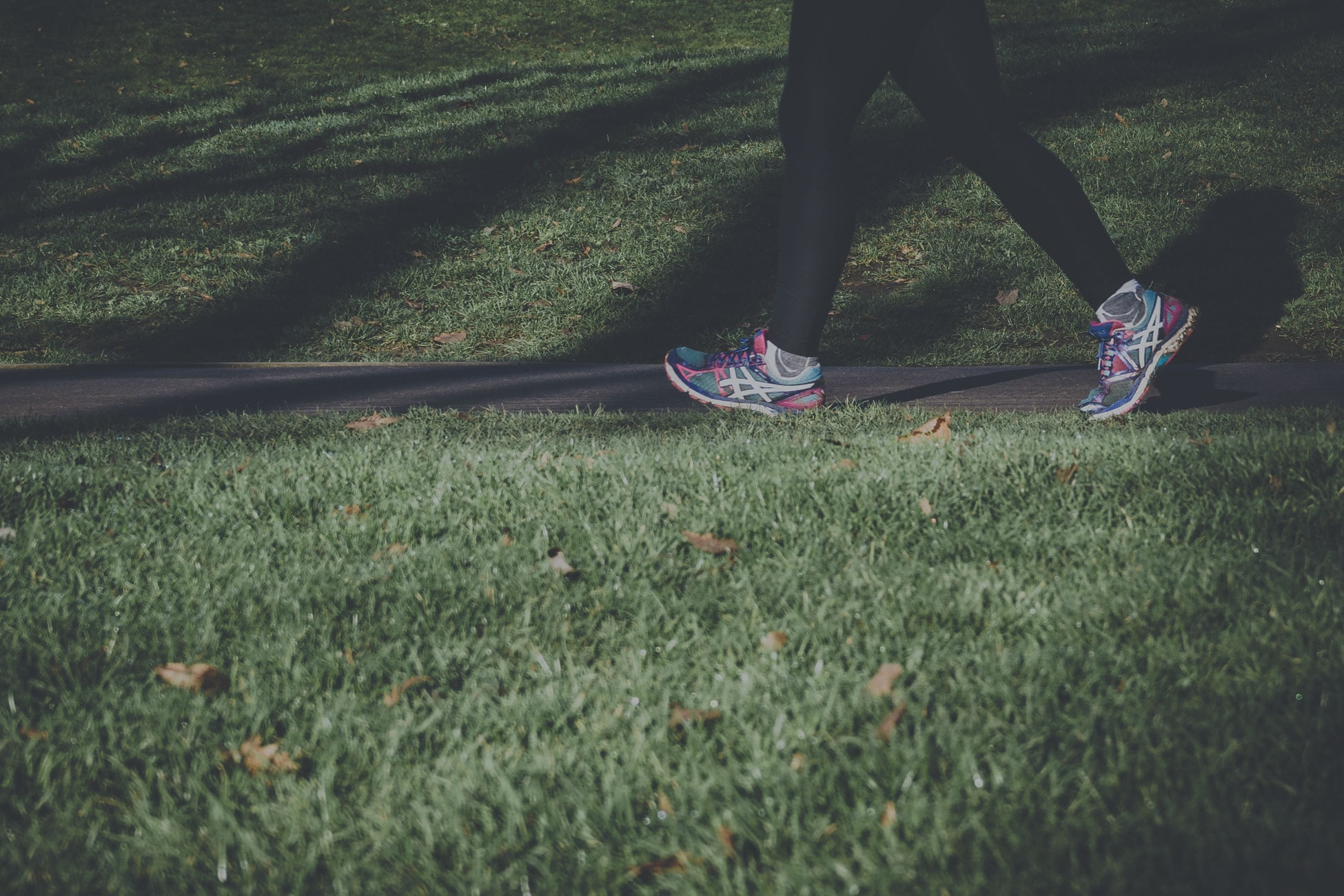
It’s not hard to do. Charles Duhigg, author of “The Power of Habit”, recommends establishing a walking schedule that fits into your daily routine. Monitor your week and find a time when you are free. Usually it’s a morning time when the kids are in bed or after they’ve left for school, and there are no business meetings for the next few hours. Here are a few options for how to embed walking in your life.
Set goals and limits for yourself
Walking without certain goals leads you to no results. Set goals daily, weekly, and monthly to watch your progress . The Centers for Disease Control point out that a fitness band helps people see how much progress they’ve achieved in steps and exercise more often. Just set your daily goal according to your abilities, but not less than 5000 steps. A grownup person should make from 5,000 to 10,000 daily steps according to the WHO. Also set goals for other indicators: calories burned per hour, heartbeat, blood pressure.
Start a blog or a diary
Just walking is not enough. Try to analyze the process: write down your weekly results, compare them to the previous week, and see if you’re making any progress or not, and why. Share your results online or keep them privately in a paper notebook — it’s up to you. The point is that reflection helps us realize what exactly is good for us and why. Writing will help you pay attention to details: what outfit you wear, whether you show better time results in the mornings or in the evenings, what music you listen while walking, etc.
Meditate on the go
Huffpost published an article by Dharma Master Hwansan Sunim, who is a graduate of Harvard University. He explains how being in motion enhances the perception of our feelings. We notice the singing of birds, noise of traffic, gusts of wind, warmth of the sun — things that usually fall out of our lives. But there’s a difference between brisk walking and walking meditation.
The latter requires a moderate speed. Otherwise, it’ll be hard to concentrate on your body and surroundings while walking. Experts from The Greater Good Science Center at the University of California, Berkeley, say that during walking meditation you should concentrate on every movement of your feet and legs. For better concentration they recommend you take pauses and breathe. You can’t call it a brisk walking.
Another specialist in walking meditation, Tara Brach, PhD in Clinical Psychology from Fielding Institute, advises starting at a slower pace than you walk in daily life and paying particular attention to sensations in your feet. Walking meditation should make you feel relaxed, not exhausted.
Take part in a competition or marathon
There are usually some walking events going on in every city. If you live in the suburbs or in the country you may organize one by yourself. Challenges make people competitive and playful. It’s a good way to shake yourself from your daily routine and change your lifestyle by testing your endurance and stamina.
Find a walking friend
Don’t walk alone. The best way to stay motivated is to find somebody who loves walking too. Walking in a company adds a competitive element to your excursions. You’ll be able to set common goals and sync schedules for more discipline. Watching your friend getting slimmer will urge you to be unstoppable. Also, an evening walk with a friend is more secure than a lonely one.
To find a walking buddy try these apps out:
– Viewranger — allows you to access free Open Street Maps for the whole world. You can also record your routes and waypoints. There’s a BuddyBeacon function which allows to share your position with others using the app and see where they are. Download: for iOS, for Android.
– World Walking — the app allows to see a walking groups near you, create virtual walking clubs, invite friends, and set joint goals. Download: for iOS, for Android.
Yes, you should. Walking itself is a great warm-up exercise, but you still need to stretch before working out.
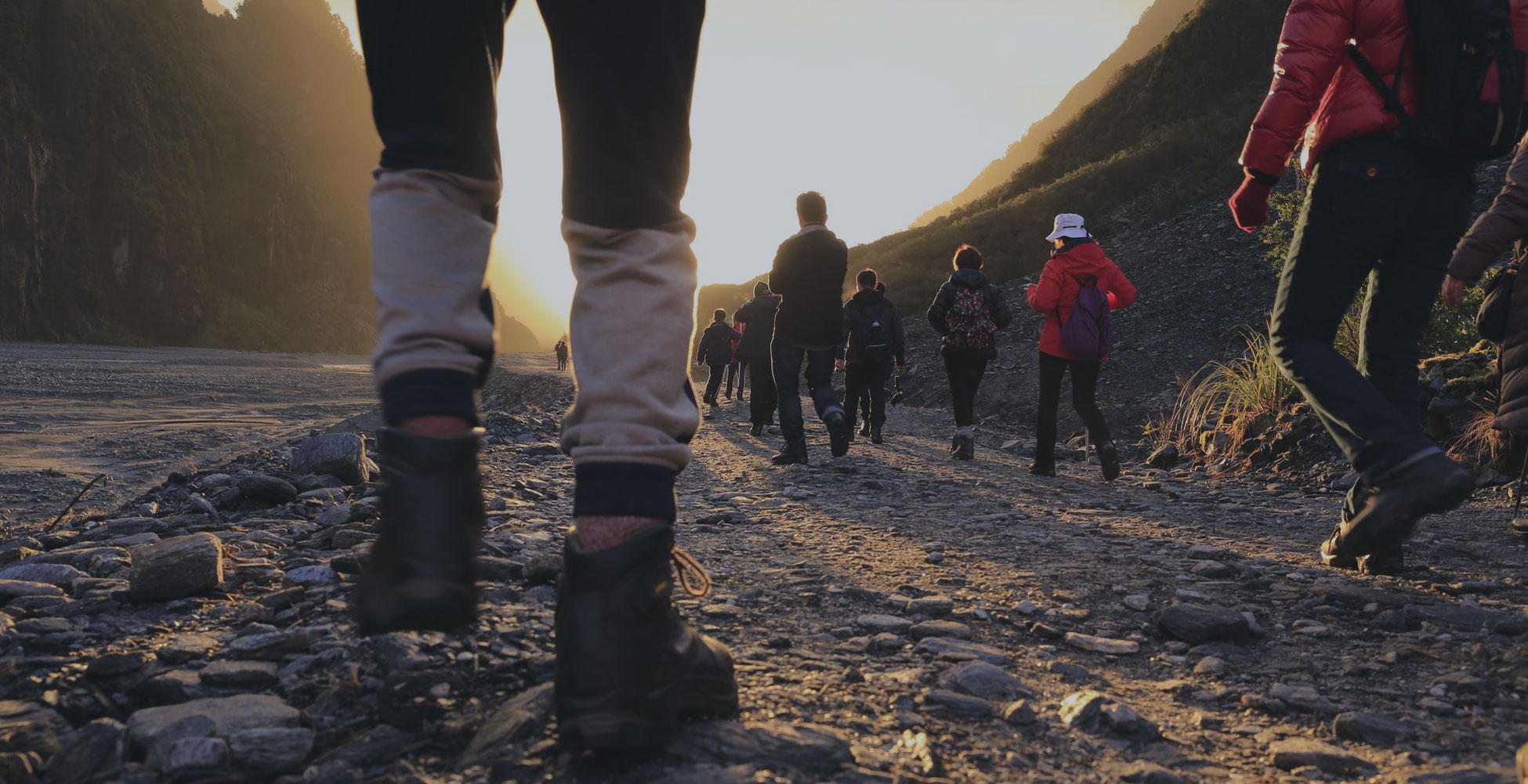
Put on synthetic fiber clothes that don’t soak moisture. The main rule in picking the right clothes for walking is to adapt to weather.
Use athletic, running, and casual multi-purpose shoes. To pick the right shoes follow a short guide by American Heart Association:
Do’s
Dont’s
Check out a list of walking shoes recommended by the American Academy of Podiatric Sports Medicine.
The most likely injuries you can get while walking are blisters and ankle strains. To avoid them, change your shoes every 300–500 miles.
A National Walkers Health study proves that walking is the only low-impact exercise that allows us to avoid traumas and to get healthier at the same time. But if you feel discomfort or pain, follow the guide approved by the American Heart Association:
Here’s a list of 7 reasons to start walking right now.
Walking is simple, free, and one of the easiest ways to get more active, lose weight and become healthier. Now get up and walk to your health!
Welltory Team, 23 Dec. 2021

If you want to improve your cardiovascular health, think clearly, and boost sleep quality, running might be exactly what you need.
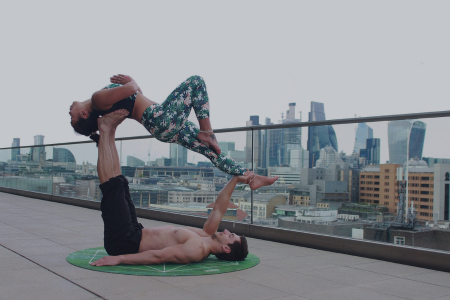
Being active for ten minutes every hour during the day gives the same result as training at the gym three times a week for two hours.
 App Store
App Store
 Google Play
Google Play
 Huawei AppGallery
Huawei AppGallery
 Galaxy Store
Galaxy Store







